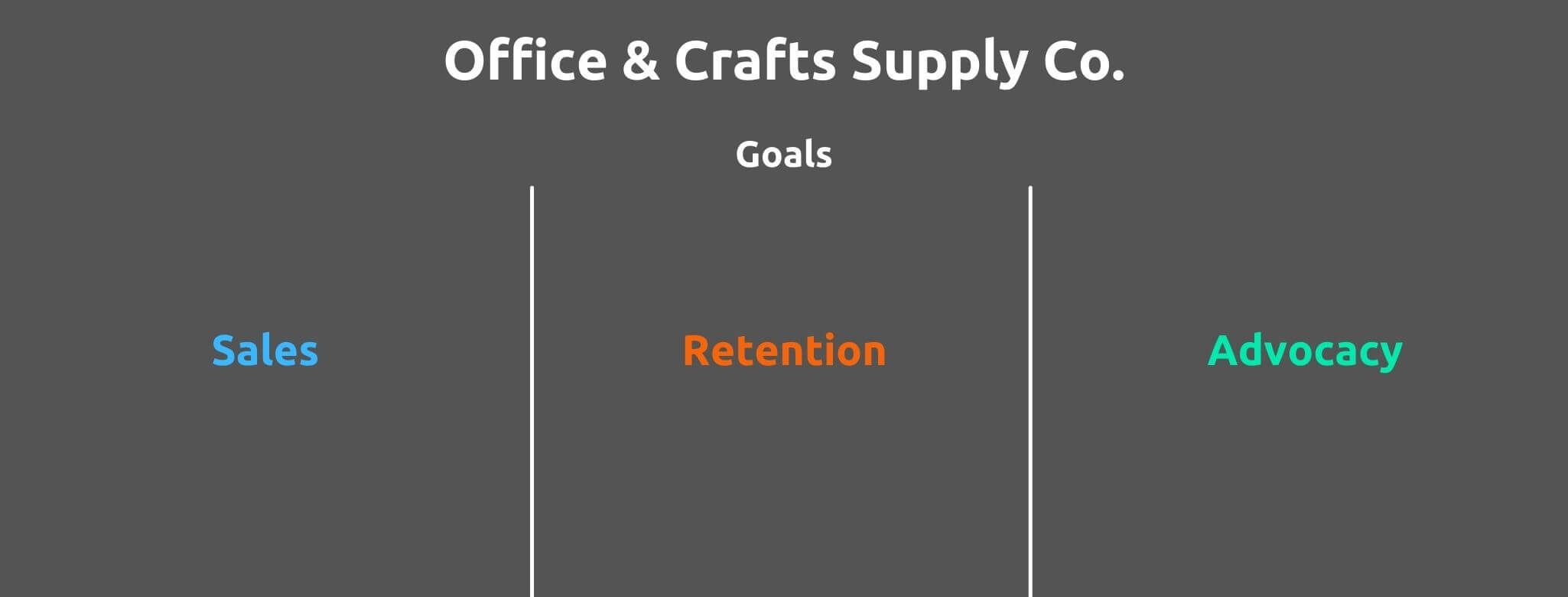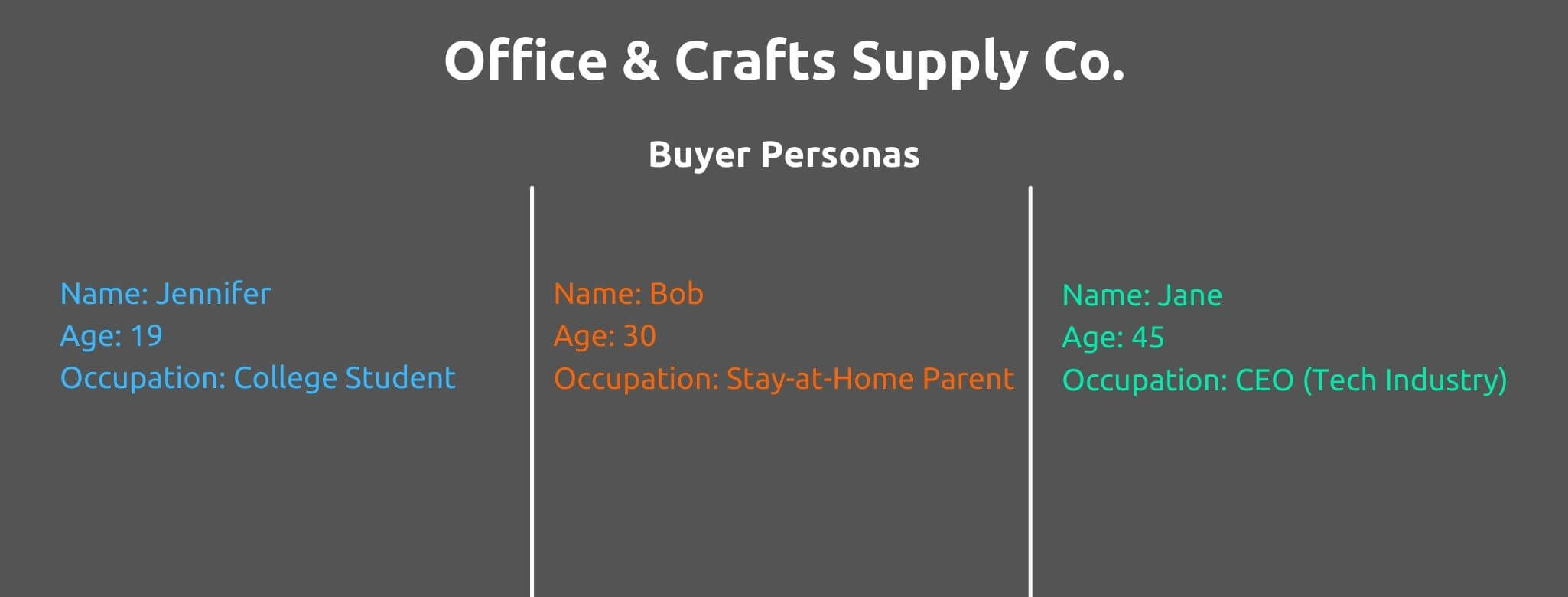How to Create a Customer Journey Map: Steps + Examples

Learn why every seller needs a customer journey map strategy, plus find simple instructions and step-by-step examples in this easy-to-follow guide.
If you Google the words “customer journey map,” you will surely find countless examples of intersecting-line-laden charts and articles relaying the importance of planning for various shopper outcomes.
But you may wonder, “Do I really need to create a customer journey map in order to be successful?” The short answer is, “yes.” Whether you’re a startup eCommerce seller or the owner of a multi-location brick-and-mortar retail business, anyone whose company growth depends on conversions and customer retention needs to implement a solid customer journey map strategy.
Luckily, creating a customer journey map doesn’t have to be as complicated as it may seem. For this guide, we’ll break the process down into simple terms, while providing you with easy-to-follow examples for every step along the way — culminating in a complete-yet-basic customer journey map at the end.
What Is a Customer Journey Map & Why Do I Need One?
If you want to make more sales and receive more positive reviews, then you need to think about the process different demographics might follow to find, learn about, buy and then advocate for your products. That’s where customer journey mapping comes into play.
A customer journey map is a tool used for anticipating your buyers’ possible actions, needs and pain points. By mapping out potential customer behavior, you can then determine the things your team needs to do in order to encourage certain outcomes (like more sales and brand advocacy).
1. Set Goals

Before you get started actually creating your customer journey map, you need to brainstorm and set the goals you’d like to achieve. For many sellers, the desired results of the customer journey include purchase, retention and brand advocacy (positive reviews, referrals, etc.).
2. Create Buyer Personas

Once you’ve set your goals, it’s time to create the buyer personas that you will use in your customer journey map.
Buyer personas are semi-fictional examples of people who are likely to buy or browse your products. Most sellers serve various demographics, so it’s important to put together buyer personas that are a comprehensive representation of your customer base. If you’ve been in business for a while, look to your current customers to create your personas. And if you’re a startup, research your competitors’ demographics.
For our examples, we are creating a customer journey map for a fictitious company that sells office and craft supplies. That means our customers and their needs are likely to vary, and we’ll need to focus on buyer personas that span different ages and occupations. Our buyer personas are as follow:
- Jennifer
- Age: 19
- Occupation: College Student
- Bob
- Age: 30
- Occupation: Stay-at-Home Parent
- Jane
- Age: 45
- Occupation: CEO (Tech Industry)
Having buyer personas that encompass different age groups and lifestyles will help you to brainstorm a wide range of potential shopper actions and outcomes. For instance, younger shoppers may be more likely to first learn about your products on social media.
3. List & Map Out Customer Touchpoints

Now that you have your buyer personas in place, you’re ready to start mapping their journeys. This begins with listing customer touchpoints.
Customer touchpoints are all the ways or places in which a shopper might find your products or interact with your company. For our example, these include:
- Website (Desktop)
- Website (Mobile)
- Social Media
- Video Ads
- Phone
- Chat
Depending on the type of company you run, you may have more, fewer or different touchpoints. For instance, if you have a mobile app, it would count as a customer touchpoint. The purpose is to list any and every way a shopper might find, shop with or contact you.
4. Define Purchase Journey Stages

Now that you have your touchpoints listed on your customer journey map, you need to define the purchase journey stages. These are all the phases a customer might go through with your brand, starting at first discovering you and ending (hopefully) with brand advocacy.
Again, these stages can differ from company to company, but will generally include:
- Awareness: The customer first learns you exist, or discovers what products you sell.
- Consideration: The customer visits your site or otherwise takes the time to evaluate your offerings.
- Purchase: The customer buys or attempts to buy your product(s).
- Retention: The actions your company can take to encourage repeat business and advocacy.
- Advocacy: The customer leaves a positive review, recommends you to a friend or takes another action to elevate your brand.
5. Mock Up Exact Customer Thoughts & Actions

With the customer touchpoints and purchase journey stages in place, you are now ready to start mocking up exact customer thoughts and actions. This is the step where your customer journey map really begins coming together.
In fact, this is essentially the entire point of creating a customer journey map. By brainstorming, in detail, the things your shoppers are likely to do and think, you can then begin to make plans for how to handle a multitude of situations.
The idea behind how to mock up exact customer thoughts and actions is fairly simple. Take each one of your buyer personas and think about what they might do at each stage of the purchase journey.
For instance, as you see in our example, we have Jennifer first learning about our product on Twitter (putting her in the “Social Media” touchpoint during the “Awareness” stage). She then views the product from her phone on our mobile website. Bob uses his desktop computer to search for our product on Google, then views it on the desktop website. And Jane learns about our product from a video ad on YouTube, then clicks through from her desktop to view the product on our website.
6. Identify Customer Pain Points

As you’re mocking up customer thoughts and actions in your customer journey map, you also need to identify possible pain points. These are potential negative experiences or roadblocks that shoppers might run into throughout their buying journey.
In anticipating and identifying pain points, you can plan for them and develop team protocols for mitigating them. The idea here is to keep the purchase journey on track and still foster a positive outcome.
As you see in our example, Jennifer encounters trouble checking out via our mobile website. However, she contacts customer service via live chat and gets the assistance she needs in order to successfully complete her purchase. And, as you’ll see in a later example, she’s so happy with the support she received that she still winds up leaving a positive review.
As with every other facet, pain points will differ depending on the company, products and a range of other factors. For our example, we are imagining that the fictitious office and crafts supply company’s mobile site still has a few developmental issues to iron out. So, this company would know to include possible pain points in the mobile website checkout process. They would also know that their customer service team needs to be ready to deal with those needs as they arise.
Just a few examples of possible pain points for your customer journey map include:
- Item out of stock.
- Price too high.
- Can’t complete checkout.
- Delayed shipping / delivery.
- Wrong item(s) received.
Mapping out possible pain points also helps you to anticipate and avoid problems before they happen. For instance, the office and crafts supply company knows they need to focus development efforts on their mobile site.
7. Encourage Customer Retention

Finally, after anticipating and mapping out any potential pain points, you’ll want to determine the steps you’ll take to encourage customer retention (as well as advocacy).
As you’ve already seen, one way in which we addressed pain points and encouraged advocacy in Jennifer’s case was by providing excellent assistance via live chat. However, we also sent her a “Thank you” email after her purchase was completed. We sent Bob and Jane “Thank you” emails as well, since we send them to every customer following completion of an order.
Within this follow-up, we are showing customers that we appreciate their business. You can also include an invitation right there in the email to provide a review (just make sure to only solicit honest feedback, as intentionally requesting a positive review may be against certain marketplaces’ rules, such as Amazon’s).
In addition to receiving the email, Bob also took the time to learn more about how to use his new products via our FAQ page. This is a great example of customer retention being encouraged in multiple ways. On that note, here are a few methods by which you can improve your customer retention:
- Self-serve options on your website, such as FAQ pages & help docs.
- Excellent customer service.
- Live chat support.
Pro tip: one of the best ways to improve customer retention is to maintain a strong focus on customer relationship management (CRM). If you want to dive even further into ways to increase customer retention, check out our full-length guide: 32 Customer Retention Strategies that Really Work (with Stats).
8. Complete Customer Journey Map

After you’ve listed your customer touchpoints, defined the purchase journey stages, mocked up customer thoughts and actions, identified / addressed pain points and figured out ways to encourage retention, you can complete the final leg of your customer journey map. For most sellers, this will involve filling out the customer actions you hope they’ll take to advocate for your brand.
For our example, we have our customer journeys all culminating in leaving a positive review either via our desktop or mobile website. Advocacy can also include referring other people to your brand, speaking positively about your company / products on social media or any other customer action that involves promoting your business.
Customer Journey Map: Endless Options
While all three of our customer journeys led to a positive outcome, you can use your customer journey mapping strategy to plan for any number of scenarios. The point is to plan for any and every possible situation so you can create and implement team protocols to keep things running smoothly.
For example, up in our pain points section where Jennifer had trouble checking out via mobile: what if she didn’t receive help via live chat? She could have ended her purchase journey right there and abandoned her cart. In that instance, you would need a workflow in place in which you sent out an email (if she had already provided her email address) inviting Jennifer to complete her purchase and offering to provide any needed assistance.
Excellent Customer Service Is the Key to Success
As evidenced, the point of creating a customer journey map is to anticipate and improve the entire shopping experience with your company. And, as with anything else involving sales, the key to success is to offer your shoppers the best customer service possible.
Here’s a cheat sheet on how to do exactly that:
- Be easy to contact.
- Respond to inquiries quickly & effectively.
- Provide service via multiple options (such as email & live chat).
- Offer accurate information & answers to questions.
- Be willing to keep trying until the customer is satisfied.
This may sound difficult to accomplish, but you can make things much easier by having the right tools in place. For example, if you’re an online seller, you can use Replyco to check every item off that customer service list.
We are a helpdesk software that enables multi-channel eCommerce sellers to centralize all of their messaging into one easy-to-use inbox. And with tools such as smart auto-responders, time-saving templates and a live chat widget that can be installed on any selling website, we can help you boost response times while delighting your customers.
Want to learn more? Take a tour of our features, see what’s new in our Public Roadmap or start your free trial today!





